Getting a wheel alignment is one of the regular maintenance tasks required to keep your vehicle in tip-top condition. To make sure your car will run properly and safely, you need to have its wheels realigned at an auto repair shop or service center at a certain interval or when symptoms of misaligned wheels show. Follow this comprehensive guide to learn whether it's necessary, how often you should get a wheel alignment, and how long an ordinary alignment takes. Then see how Kia service coupons, service financing, or the Kia warranty can help you save on your next wheel alignment. If you aren't sure if the Kia warranty is right for you, check our page which goes into detail about it.
Get Tire & Wheel Help
A wheel alignment is the process of aligning the wheels of a vehicle with one another and the surface of the road. It's achieved by bringing the suspension system to its proper configuration and positioning as well as adjusting certain components. Unlike some other vehicle maintenance tasks that you can do yourself, a wheel alignment requires the expertise of an experienced mechanic and an alignment machine.
Basically, the purpose of a wheel alignment is to square a vehicle's wheels and axles with one another so that they'll move in the same direction. The process involves adjusting all the suspension angles that have an impact on tire movement and positioning, and ensuring the steering wheel is perfectly centered. The manufacturer of a vehicle designates standard angles for aligning its tires, which are specified in degrees.
The type of alignment your vehicle needs depends on its suspension system and the way it distributes power to its wheels. If you have an all-wheel-drive or four-wheel-drive vehicle, you have to get a four-wheel alignment. On the other hand, if your vehicle uses a front-wheel-drive or rear-wheel-drive system, it needs a front-end alignment or thrust-angle alignment.
Yes, wheel alignment is one of the most important maintenance tasks. If your wheels are misaligned, your vehicle will experience a dramatic drop in handling capability. It'll constantly pull in one direction, which can greatly inhibit its ability to turn or move in a straight line. This not only makes driving more difficult and reduces ride comfort, but it can jeopardize your and your passengers' safety.
If your wheels are misaligned, your vehicle will experience a dramatic drop in handling capability. It'll constantly pull in one direction, which can greatly inhibit its ability to turn or move in a straight line. This not only makes driving more difficult and reduces ride comfort, but it can jeopardize your and your passengers' safety.
In addition, failure to realign your wheels regularly can cause your cost of car ownership to go up considerably. Wheels that aren't properly aligned may lead to uneven tire wear, which means you'll have to replace your tires more frequently. It isn't uncommon for wheel misalignment to result in flat spots and tire blowouts because it can cause your tires to experience added tension. Also, misaligned wheels can lead to damaged wheel rims and suspension, which can affect the performance and longevity of your vehicle.
The interval for wheel alignment can vary significantly depending on the type of vehicle you own, your driving habits, and other factors. Most mechanics recommend that you get a wheel alignment once every two or three years. However, the best thing to do is to follow the recommended interval in your owner's manual.
Most mechanics recommend that you get a wheel alignment once every two or three years. However, the best thing to do is to follow the recommended interval in your owner's manual.
If your owner's manual doesn't specify how often you should have your wheels realigned, you should bring your car to a service center or auto repair shop for a wheel alignment checkup at least once a year. Usually, a vehicle's wheel alignment will be at least slightly off after one or two years of driving. Nonetheless, if your car holds the road well, doesn't drift to one side, or has evenly worn tires, it isn't necessary to have its wheels realigned every year.
It's important to note that there are specific circumstances that may cause your vehicle to require wheel alignment on a more frequent basis. Vehicles with wider tires or performance-oriented cars usually need to have their wheels aligned more often. Additionally, you should consider getting a wheel alignment every time you install new tires on your car.
Besides going for a wheel alignment checkup on a regular basis, you should also look for certain signs indicating that your wheels need to be realigned. These signs include:
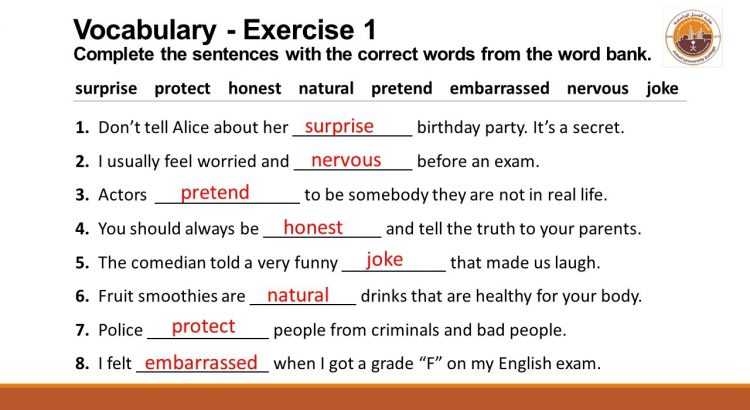 In the case of misalignment, it occurs because the tires are pulling in opposite directions.
In the case of misalignment, it occurs because the tires are pulling in opposite directions.We know Rochester drivers are busy. So is an alignment a short or lengthy process? Under normal circumstances, a wheel alignment will take an average of one hour, whether it's a two-wheel-drive or four-wheel-drive vehicle. If there's too much wear and tear or damage on the suspension system, steering bushing, track rod, or other parts, it'll take a longer time as some components have to be replaced.
Wheel alignment is an essential maintenance task that you cannot afford to skip as it can have a significant impact on your vehicle's performance, ride comfort, safety, and lifespan. If you want to get a wheel alignment for your Kia vehicle, contact Tom Kadlec Kia today to schedule an appointment.
You don’t have to go off-roading to cause alignment issues. The wheels on your car or truck will get out of alignment over time. Especially with speed bumps and potholes everywhere. Over time, those misaligned tire and wheel assemblies will impact your gas mileage (MPG), cause tires to wear out faster, and reduce drivability. That’s why it’s important to get your vehicle properly aligned at least once or twice a year as part of your basic auto maintenance. Here are some reasons why alignments are necessary, what causes misalignment, and how long it takes to get your vehicle realigned at Les Schwab.
Check out the article Do I Really Need an Alignment for a more in-depth look at the causes and parameters of a properly aligned vehicle. In it, you’ll learn about alignment measurements, tire angles, as well as some of the issues an out-of-alignment vehicle can cause.
In it, you’ll learn about alignment measurements, tire angles, as well as some of the issues an out-of-alignment vehicle can cause.
Everyday driving will cause your vehicle to go out of alignment. But some of the more common alignment-altering events include speed bumps, off-roading, potholes, rubbing along curbs, and carrying loads that are too heavy for your vehicle (or leaving too much weight in your car over a long period of time, such as household items). Other things that can impact your vehicle’s alignment include worn suspension parts, as well as when your vehicle is lifted or lowered. Check out our article on when to replace your shocks and struts.
Things that could indicate you need an alignment:
Avoid concrete dividers in parking lots as well as potholes and other road hazards.
If you notice one or more of your tires wearing more quickly than the others, your vehicle could be out of alignment. Stop by Les Schwab and we’ll check your tires for free.
Stop by Les Schwab and we’ll check your tires for free.
Does your vehicle drift or pull to one side? It could be time for an alignment.
If your steering wheel isn’t level when you’re driving straight, it might be a sign of a misalignment.
Anytime you buy new tires, get an alignment to prolong the life of your investment. The relatively low cost of an alignment can prevent your costly tires from wearing out too quickly.
A properly aligned vehicle handles correctly, achieves optimal fuel efficiency, and maximizes your tire life. When one of your tires is slightly out of alignment, it is essentially skidding. This makes that tire wear out faster. It’s also the reason your vehicle might pull or wander to one side. This can waste fuel, cost you money, and cause safety concerns. Plus, it can add unnecessary wear-and-tear to your car or truck.
When your vehicle needs to be realigned, the experts at Les Schwab will most often perform one of these common types of alignments. These include:
This is for vehicles that have adjustment capability at all four wheels. This is common on most front-wheel drive, all-wheel drive, passenger cars, SUVs, and crossover vehicles.
This is for vehicles that have an adjustment capability only available on the front axle. This includes larger trucks and SUVs with solid, rear axles.
Remember, getting your vehicle properly aligned will not put tread back on your tires. But it will help prevent further uneven tire wear. That’s why it’s vital you have your alignment checked at least once per year (twice per year is ideal). Check out our list of Alignment FAQs for some quick answers to common questions.
A wheel alignment service, once your vehicle is in our service bay, can take up to one hour. The time frame depends on the severity of the misalignment and whether or not your vehicle requires a thrust or four-wheel alignment. The pros at your local Les Schwab Tires can give you an accurate time estimate.
The time frame depends on the severity of the misalignment and whether or not your vehicle requires a thrust or four-wheel alignment. The pros at your local Les Schwab Tires can give you an accurate time estimate.
In addition to the alignment angles of your tire and wheel assemblies being measured and adjusted, you’ll also get a tire inspection, test drive before and after the alignment, steering and suspension inspection, and a detailed printed report.
The pros at your local Les Schwab can take a look at your vehicle’s alignment and let you know if you need any repairs. If everything looks good, it won’t cost you a thing. If you do need an alignment, we’ll get the job done right and send you home with our Best Alignment Value Promise, which includes a 30-day guarantee and a warranty on all labor costs.
Schedule an Appointment
LADA
UAZ
KIA
Hyundai
Renault
Toyota
Volkswagen
Skoda
BMC
BMAN
BMARS
BMAN
Mitsubishi
Mazda
Ford
All brands
nine0003
Related materials
Seasonal tire change: everything car owners need to know
To begin with, a small educational program.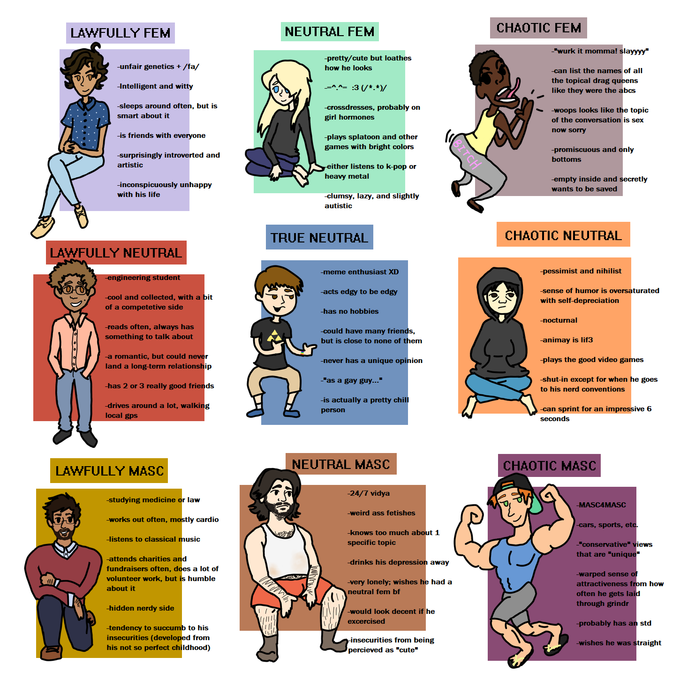 Balancing is the alignment of the center of mass of the wheel with the axis of rotation. In this case, the loads are fixed opposite the heavy part of the wheel. This is the definition of static balancing. And since the wheel is not a thin disk, but rather a wide roller, the so-called dynamic balancing is necessary, when loads are placed both on the outer and on the inner parts of the wheel disk. Naturally, the wheels need to be balanced immediately after mounting the tire on the rim: after all, the imbalance can reach 50–60 g on each side. If it turns out more, then it makes sense to "twist" the tire relative to the disk, ensuring their mutual rotation by 180 degrees. With this initial balancing, tire workers provide an imbalance of less than 5 g per side. It is believed that a new tire is capable of slightly changing its position on the disk in the first kilometers, and therefore the balancing will go away a little. nine0003
Balancing is the alignment of the center of mass of the wheel with the axis of rotation. In this case, the loads are fixed opposite the heavy part of the wheel. This is the definition of static balancing. And since the wheel is not a thin disk, but rather a wide roller, the so-called dynamic balancing is necessary, when loads are placed both on the outer and on the inner parts of the wheel disk. Naturally, the wheels need to be balanced immediately after mounting the tire on the rim: after all, the imbalance can reach 50–60 g on each side. If it turns out more, then it makes sense to "twist" the tire relative to the disk, ensuring their mutual rotation by 180 degrees. With this initial balancing, tire workers provide an imbalance of less than 5 g per side. It is believed that a new tire is capable of slightly changing its position on the disk in the first kilometers, and therefore the balancing will go away a little. nine0003
Now let's turn directly to our topic. If you alternately install either winter or summer tires on the same wheels, then you cannot avoid balancing. There is nothing to argue about here. The question of balancing every season arises only for those car owners who have two complete sets of wheels: summer and winter.
There is nothing to argue about here. The question of balancing every season arises only for those car owners who have two complete sets of wheels: summer and winter.
Related materials
Routine work that everyone ignores (and in vain!)
So, should the wheels be balanced at every seasonal change? nine0053
If you approach the process formally, then you should remember the instructions for the car. It is usually recommended to balance the wheels after a run of 10,000 to 15,000 km. If you drive less in one season, then you definitely shouldn’t balance, except for the cases specified below.
But this is in theory, but in practice I advise you to monitor the behavior of the car. If there is no noticeable beating of the steering wheel, then balancing is not needed. The beating of the rear wheels is felt less, but they usually suffer less often. In any case, you should feel a strong imbalance. nine0003
If you change your own wheels twice a year, the following recommendation applies. Put the wheels on and ride for a couple of days. During this time, the tire will get rid of the deformations that occurred during storage. If there are no vibrations at any speed with which you drive, balancing can not be carried out.
Related materials
10 procedures without which it is better not to drive
Balancing is required in the following cases:
Photo: depositphotos.com
Our new video
Newcomer "Chinese" against the experienced "Japanese" - a common test with unexpected results
Sollers Argo and Atlant from Yelabuga: the Chinese could not do without
Test Haval Dargo and Mitsubishi Outlander Liked 0203 the note? Subscribe and you will always be in the know!
Driving in Zen
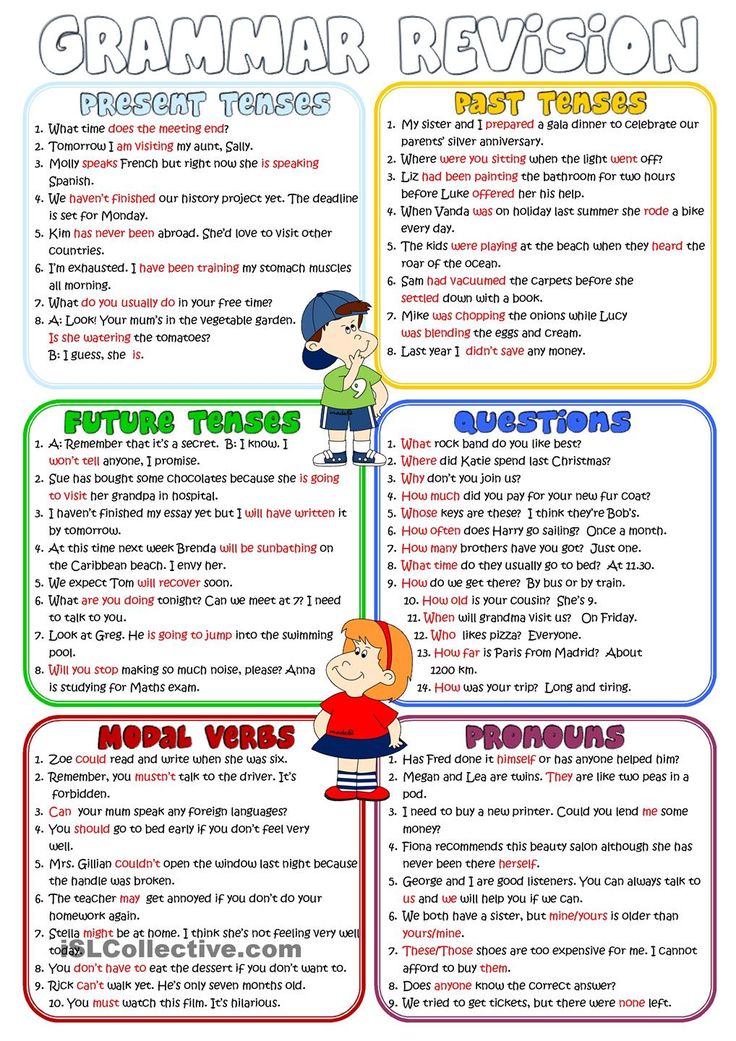 Offsite tire fitting in St. Petersburg
Offsite tire fitting in St. Petersburg Most car owners consider question wheel balancing is not that important. But in vain! After all, this is primarily a matter of your own safety and the safety of your passengers.
Balancing by yourself is impossible (unless you are a mechanic), and you won't be able to save money on this one-time. But! You will feel the savings on the face in the process of driving and depreciation.
Why do you need wheel balancing and what is its essence?
Balancing is an action to correctly distribute the load in the wheel relative to its central part. This is done using professional equipment that determines the presence / absence of imbalance. If it is, then with the help of lead weights, which are planted on glue inside the wheel itself, the load is adjusted.
The use of an electronic sensor system provides an additional guarantee of safety.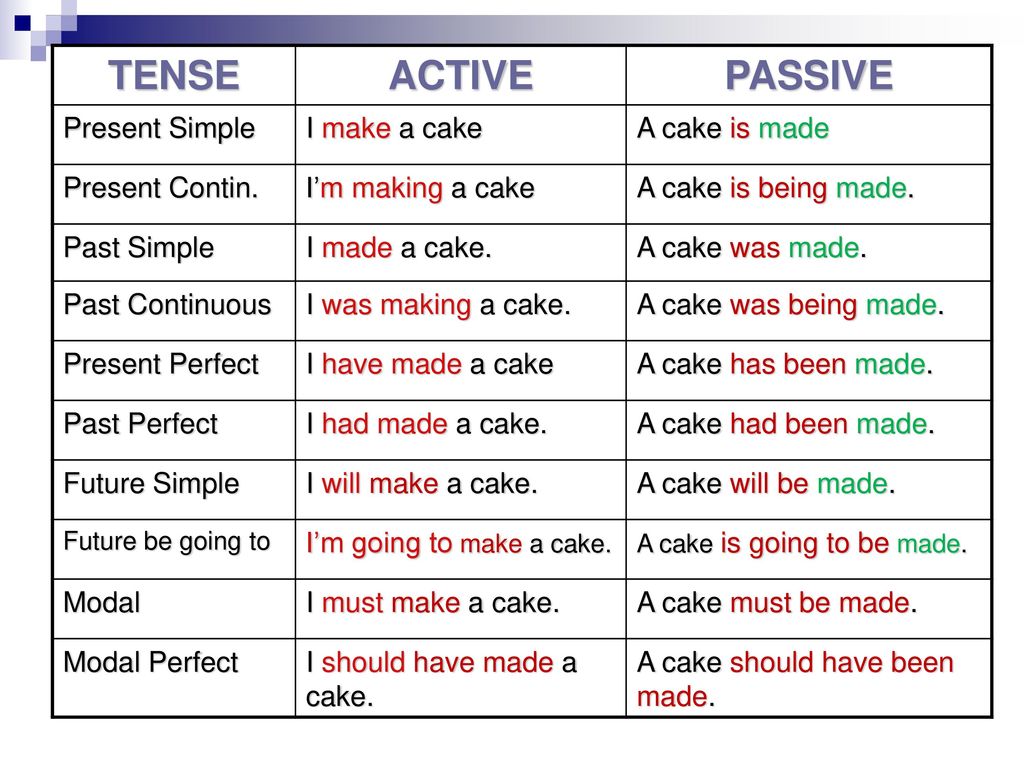
Why is the lack of balance dangerous?
If you do not balance the wheels at the right time , you risk soon getting vibration in the wheels, passing to the body, and most importantly, uneven tire wear.
In Russia, as you know, there are two troubles, one of which already has a negative impact on vehicles. If at the same time you do not properly care for the car and do not service it on time, you can get a problem in the square. nine0003
The first devices for balancing were primitive and did not allow to perform their functions in impeccable quality. Over time, the situation has improved, the equipment has become more modern and of high quality. Now you can do wheel balancing at any service station and be calm for the convenience and comfort of your trips.
10 reasons to do wheel balancing0099 balancing is not allowed. The first factor influencing this period is the age of the car, the second is its condition, and the third is how long you have owned it.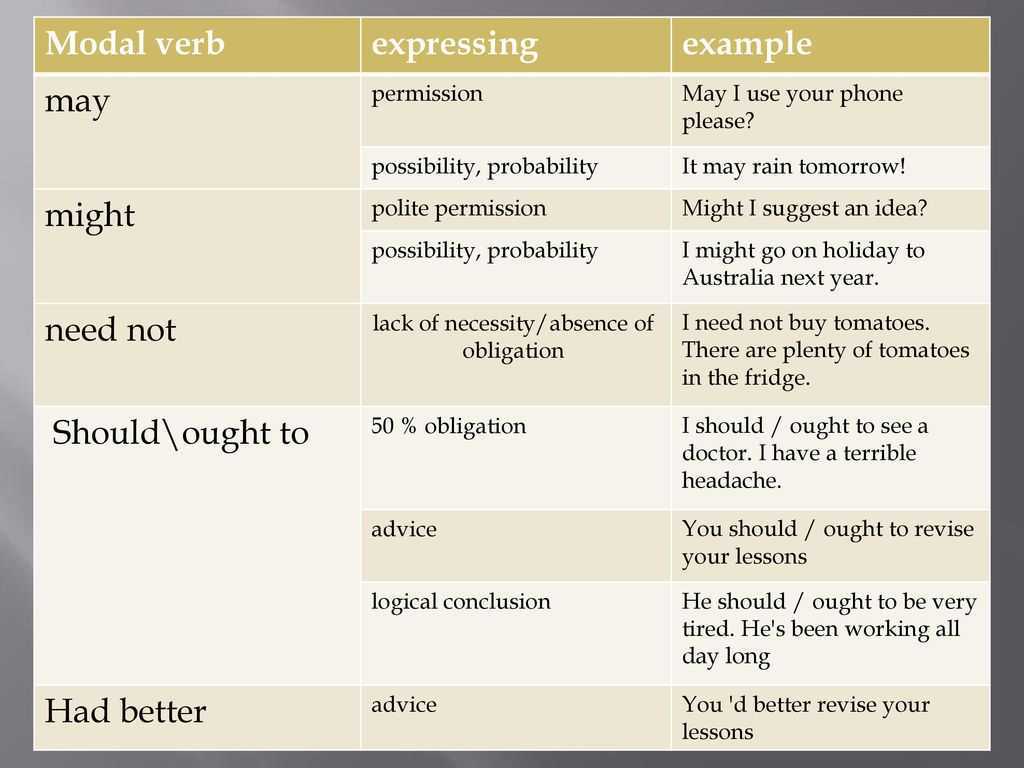
 nine0070
nine0070 In addition to the above, tire fitting experts advise balancing car wheels in the following cases:
By following these recommendations, you will save yourself trouble and make your trips comfortable and safe.
What is imbalance and what does it threaten?
Experts identify two types of imbalance:
Static unbalance - displacement of the center of gravity of the wheel up or down from the conditional center. Invisible to the eye. The problem is solved with the help of a balancing machine, which will identify vulnerabilities and indicate where to attach lead weights.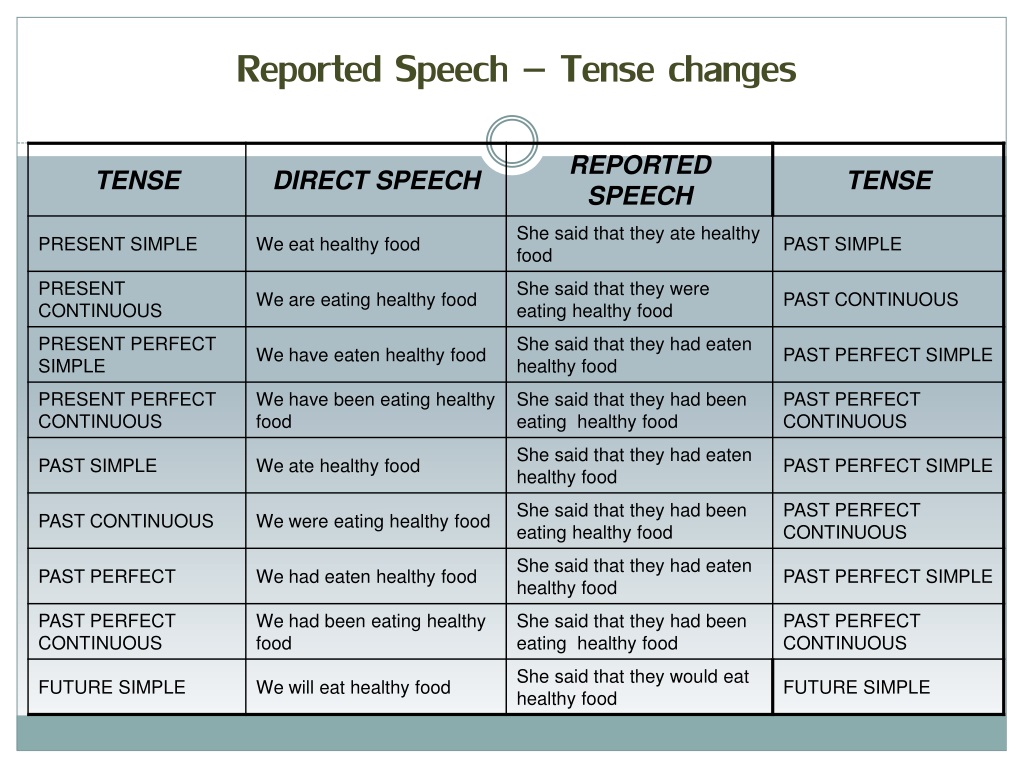 nine0003
nine0003
Dynamic unbalance - incorrect weight distribution across the wheel width and complete separation of the rotation axes. Visually noticeable, popularly called the "eight". To eliminate it, lead balancers are attached to the disc rim from the outer and inner sides. Dynamic imbalance is easier to deal with than static.
After the elimination of these types of unbalance wheels is the last, control balancing . It is called "finishing" and reveals the presence of inaccuracies (if any). The point is to bring the imbalance to zero.
Important balancing rules every car owner should know
Even if you are not a mechanic, read this information. So you can control the actions of tire workers and make sure that everything is done correctly.
So, here is a list of the correct steps for wheel balancing:
What threatens wrong balancing ?
Here are just a few of the consequences that are likely to occur if wheels are not properly balanced:
